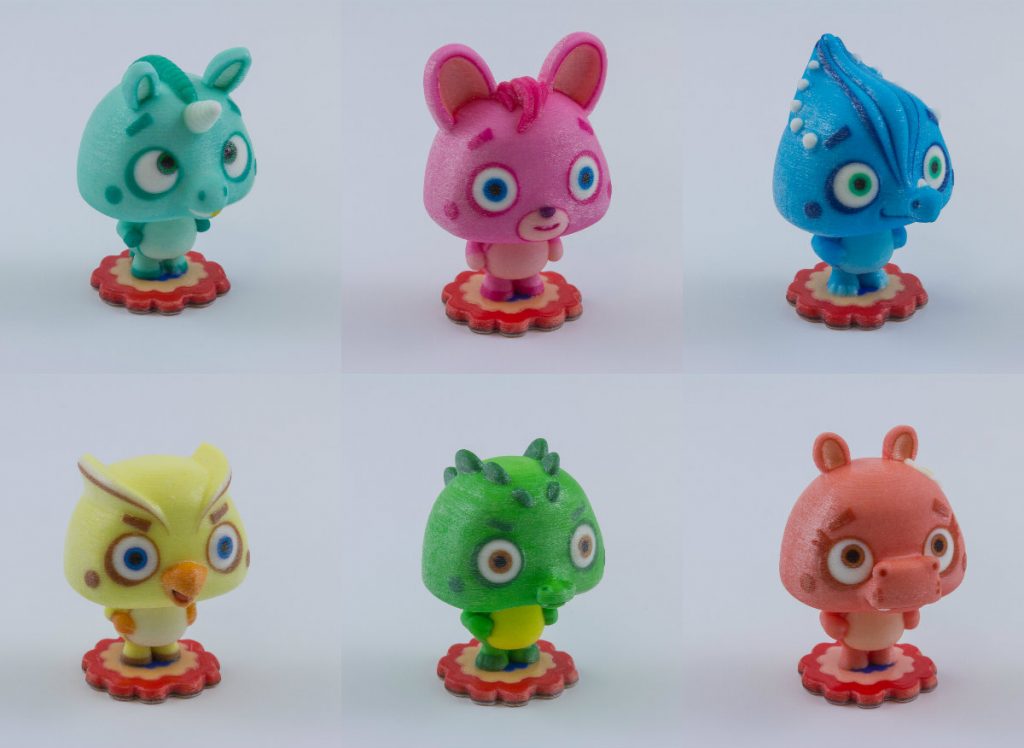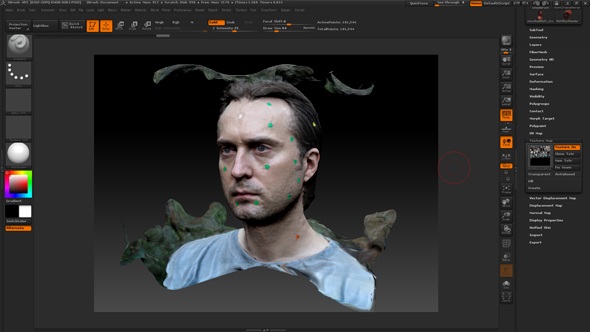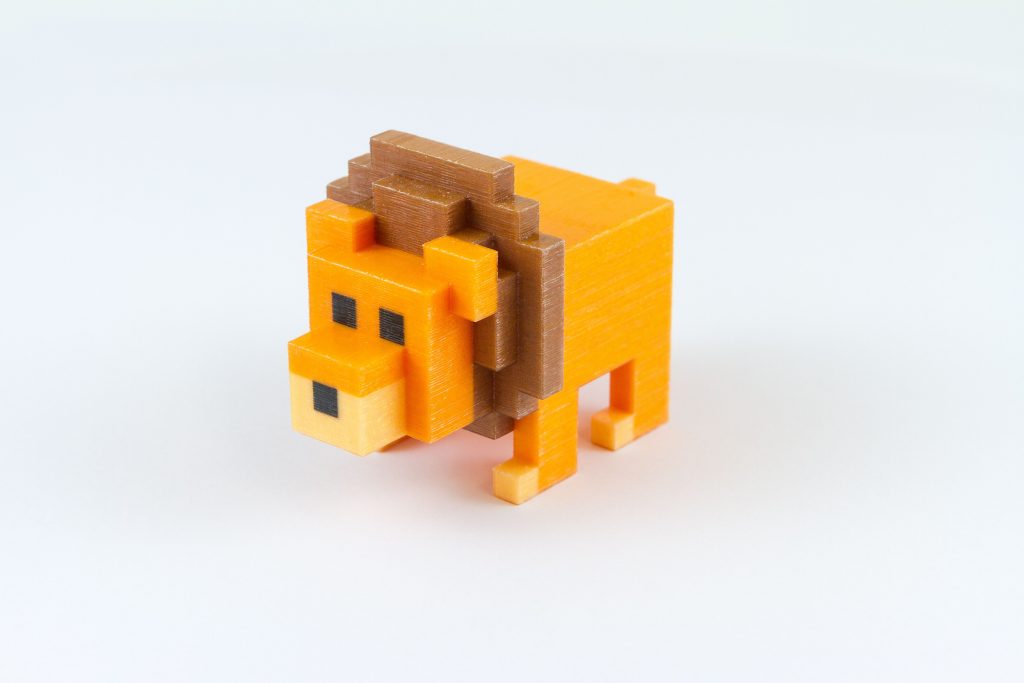
3D-Printed Action Figures: How to Make Your Own Action Figure
3D printing has had a huge impact on all kinds of objects… even action figures. Big brands like DC Comics have even signed deals with 3D printing companies to print some of their figurines. But since 3D printing is all about customization it is also the perfect technology to create your own action figure. Here’s how it’s done!
There are several ways you can create your own action figure or fantasy character. It could be something of your own invention or it could even be yourself – with the help of 3D scanning. In this blog post we will give a broad overview about the different ways you can get your own 3D-printed miniature figurine, whether you decide to sculpt it yourself, start with a file from the web, or need a 3D scan of yourself.
Start from scratch: If you want to create your own action figurine or fantasy miniature from scratch you probably need to look into digital sculpting. CAD software that is intended for creating 3D models of mechanical parts or architectural models won’t help you a lot – the result will simply be too edgy and non-organic. Luckily there is specialized digital sculpting software out there – and there are quite a few decent programs that come for free.
- Sculptris: Sculptris is a great place to start your first digital sculpting experience. The learning curve and user interface are fairly simple. This program now belongs to Pixologic, a company known for its expertise when it comes to cutting-edge digital sculpting solutions. Oh, and best of all: it’s completely free!
- Meshmixer: Meshmixer, a free sculpting program from Autodesk, is also a great solution for beginners. While the sculpting tools don’t really hold up to those of Sculptris, Meshmixer is perfect for preparing your model for 3D printing. That’s why many 3D artists work with several programs and use Meshmixer to give their model the ‘finishing touches’ before it goes to the printer
- ZBrush: This is the ‘tour-de-force’ when it comes to digital sculpting. Most professionals use this software since it is by far the most powerful out there. ZBrush comes from the same company that brought you Sculptris, but offers its users a much wider range of tools. Experts claim that this power and design freedom involves a somewhat steeper learning curve than in other programs
- Other software with sculpting modes: There are other popular 3D modeling programs that come with sculpting modules like MODO (premium programs) or Blender (freeware). However, these programs were not originally intended for those kinds of operations and lack some of the features that dedicated digital sculpting software has to offer

The goat skull by Jody Garrett was created with powerful sculpting software ZBrush
Starting from a file: Using the software packages above does not always mean that you need to start from scratch! Of course you can also import 3D files from the web or 3D scans.
- Finding 3D files on the web: There are tons of websites out there that offer (both free and premium) 3D models to download. We took a look at 10 of the best and most popular 3D model databases and compared them for price, quality, selection, and printability right here. Starting from a 3D model is especially helpful for people new to 3D modeling and 3D printing
- Open-source tool for human 3D characters: MakeHuman is a great tool to create your first 3D file. It’s a free and open source software that creates realistic and customized 3D humans which can still be further edited in programs like ZBrush and Meshmixer
- Getting scanned: Of course many people want themselves to be the main hero. In order to create a figurine that looks just like you, there are 3D scanners for the job. High-end scanning software can easily cost thousands of dollars – but there are cheaper alternatives. On the one hand you could get yourself scanned (yep, there are services for that), or you could try to get a scan with a free app on your smartphone. Creating a decent 3D scan with a smartphone (or camera) is a bit trickier and may take a few attempts, but we’ve had quite a few positive experiences already. You can find an overview of the 20 best 3D scanners here. A very important step is to clean up your 3D scan before you can print it. ZBrush or Meshmixer are especially useful for that and of course we also have a complete tutorial here

Cleaning up a 123C Catch scan in ZBrush
3D printing your design: It doesn’t matter if you start from scratch, a scan, or a file; two more things are essential for a successful 3D print – a well-prepared file and a basic understanding of the intended 3D printing material.
- 3D printing material: When it comes to action figures in professional 3D printing quality you have several great options. For a 3D print that is printed in multiple colors, multicolor material is probably the way to go. If you want stronger plastic material and are thinking about painting the model yourself you should take a look at Polyamide or Gray Resin. Metal prints are also possible: steel, brass, bronze… you name it!
- File preparation: No matter what material you choose in the end, you always need to read the detailed design guides for some essential tips and tricks to prepare your file for 3D printing. You will learn why wall thickness is important and how the fragile parts of your model can be supported. We already mentioned it above, but it’s worth another reminder: a 3D scan always needs to be ‘cleaned up’ before it is printable (read more about this in the ‘getting scanned’ part above)
- Getting your professional 3D print: In order to receive a high-quality 3D print you can simply upload your file here and choose from 100+ materials and finishes. We will then print your model and ship it right to your doorstep
Recommended Articles
No related posts.




